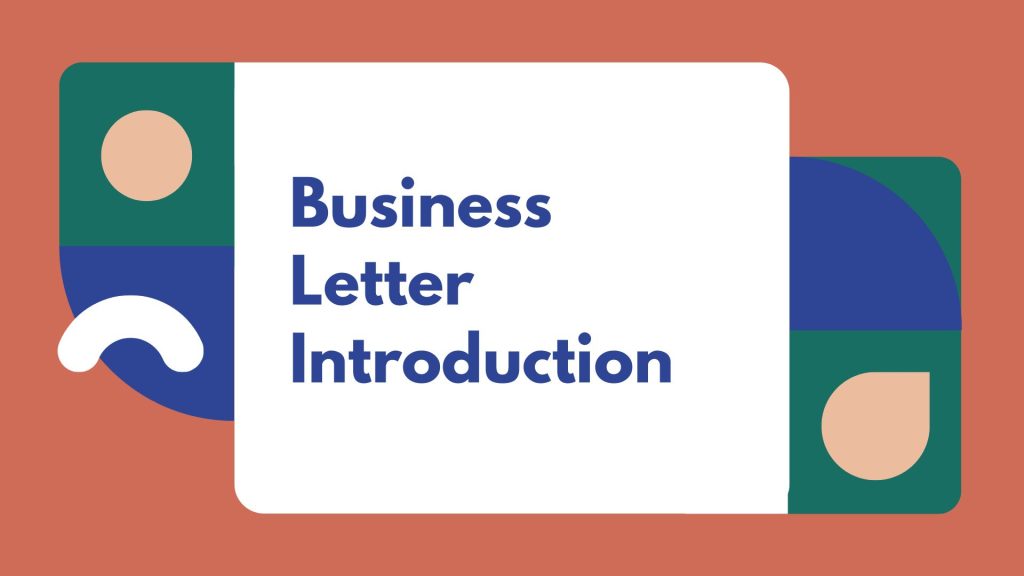Almost all of us put pen to paper—or more likely, fingers to keyboard—all the time. Although we have entered an era where verbal communication by telephone is very common, there are still many areas where the formalities of recorded words are required.This chapter present a brief business letter introduction and reasons it is still common and important.
We need to write or respond to legal notices from employers, government agencies, and other entities. And in many situations, we need to put it down in writing when we challenge an order or seek confirmation of an important action.
The fact that the medium may have changed from a handwritten or typed letter to a computer-generated printout or a totally electronic exchange of e-mails does not mean that our business communication should be any less precise or clear.
We do not make many distinctions between letters and e-mails. Most letters can also be sent as e-mails, following the same rules and styles.
When it comes to e-mails, we recommend that writers take great care not to be too informal in their communication; forget about the medium and concentrate instead on the content.
One other thing: when you write an e-mail, a great danger arises from the ease of communication and the speed at which it is delivered. When you write a letter, you can (and should) take the time to read over your work before you print it or sign it, and if you change your mind you can always pull the envelope out of the outgoing tray on your desk.
With an e-mail, you should teach yourself to stop and read your message carefully before pressing the SEND button. As we pointed out, the biggest danger to letter writers is a process that goes like this: Ready? Fire! Aim.
A minute spent reading and editing a letter—and especially an e-mail—may save you hours of explanation, correction, and apology.
Contents
Four Considerations of a Business Letter
The four areas you must take into consideration for each business letter are listed below. If you do not consider each one of them, your letter will be ineffective.
1. Subject
2. Audience
3. Purpose
4. Style/Organization
Subject
Every piece of writing — from the business letter to the novel — revolves around a subject. Luckily, in the business world the subject is usually specific. Quite often it is supplied for you by someone else, such as a boss or colleague, or demanded by a situation such as hiring or congratulating an employee.
Audience
This area is tricky because you may not know your audience. If you do, you can tailor your letter to that audience. Many times, however, your audience is larger than you expect. Your letter may be addressed to James Bond but may be read by several other people in James’s firm to receive the action you wish. If you are unsure of your audience, assume they are educated, reasonable people until you find out otherwise. Don’t assume they have as much knowledge of the subject of your letter as you do, or you may overgeneralize or forget to include important details.
Purpose
Know why you are sending the letter. Is the letter to inform? Is it to request information? Is it to offer congratulations? Condolences? Is it to get the recipient to act on a request? All of these are very different purposes. You have probably received a letter that, after reading it, left you confused because you didn’t know exactly what it said. The purpose was not clear.
Organization
The basic organization for the body of a business letter follows.
Part 1 of Body State your purpose.
Part 2 of Body Explain what you want to happen or explain the information you have.
Part 3 of Body Request a dated action, conclude or thank the reader for his response.
Notice that these are parts or sections rather than paragraphs. In some cases, particularly Part 2, the parts may consist of more than one paragraph.
Want to learn more similar topic about business letter introduction? Below are related examples:
